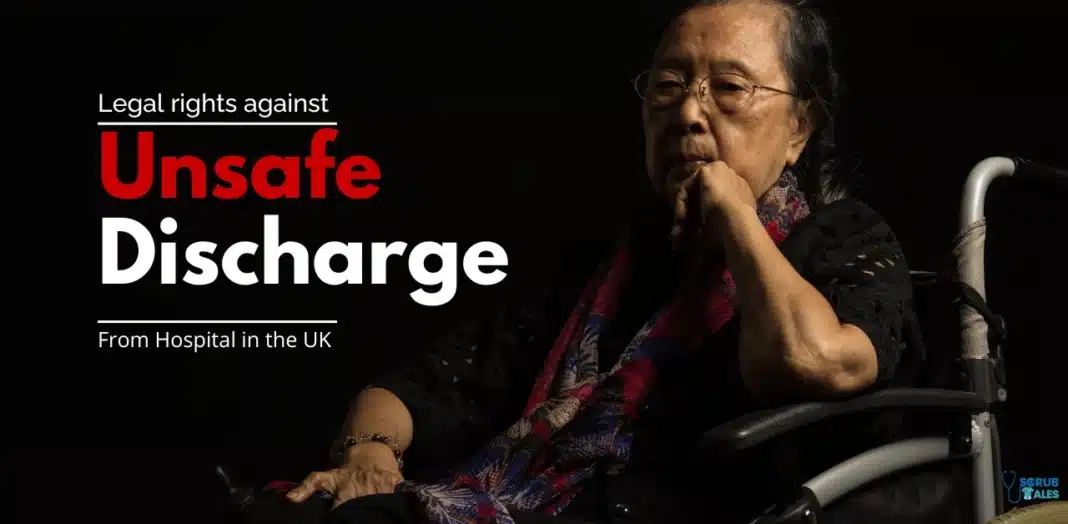I was attending a webinar when I was fascinated by the number of questions people were asking about clinical gaps and NHS jobs. How to justify them? How should I explain unemployment? Should I mention this in the supporting statement as well?
You’re not alone if you’re applying for NHS jobs through TRAC and worried about a clinical gap in employment.
It’s a common journey for many doctors, especially international graduates, to take time off after their internship to prepare for exams, relocate, or complete GMC registration.
These breaks in your career, which are sometimes necessary for personal or professional reasons, can make you worry about how your application is going.
This post is meant to help you understand gaps in employment, how NHS recruiters see them, and most importantly, how to present them in a professional way to improve your chances of being shortlisted.
What Are Clinical Gaps in NHS Applications?
A clinical gap refers to any time during which you were not actively engaged in clinical practice after finishing medical school or an internship. These periods might include:
- Exam preparation (e.g. PLAB, MRCP)
- Relocation to the UK
- Awaiting registration or visa
- Family commitments or illness
- Switching specialities or taking a career break
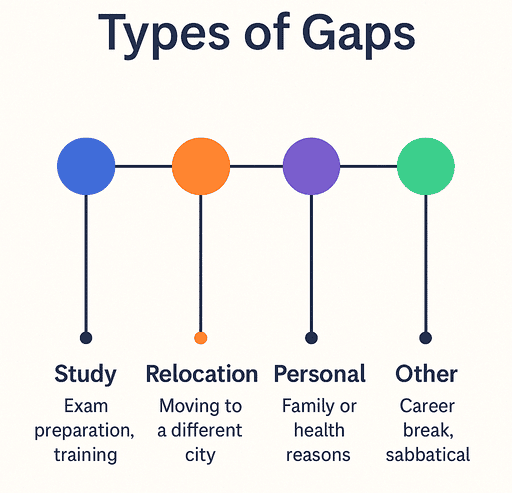
Your gap in employment can last anywhere from a few weeks to over a year, but it is crucial to explain it clearly, followed by a clear rationale.
This is especially true when you are applying for NHS jobs through TRAC Jobs or for your GMC registration, which requires your full employment and training history.
Why Clinical Gaps Matter
From the employer’s perspective, how they assess career breaks is a mystery. However, unexplained breaks generally raise concerns about patient safety and current clinical knowledge.
Recruiters will assess:
- If you’ve been out of clinical practice for too long
- Whether you’re up to date with guidelines
- Your readiness to work in a hospital department
- If you’ve completed necessary training (e.g. ALS, safeguarding)
But a gap isn’t automatically a bad sign. Your application will remain strong if you’re transparent, explain it professionally, and provide evidence of ongoing learning.
How NHS Recruiters View Gaps on TRAC Jobs
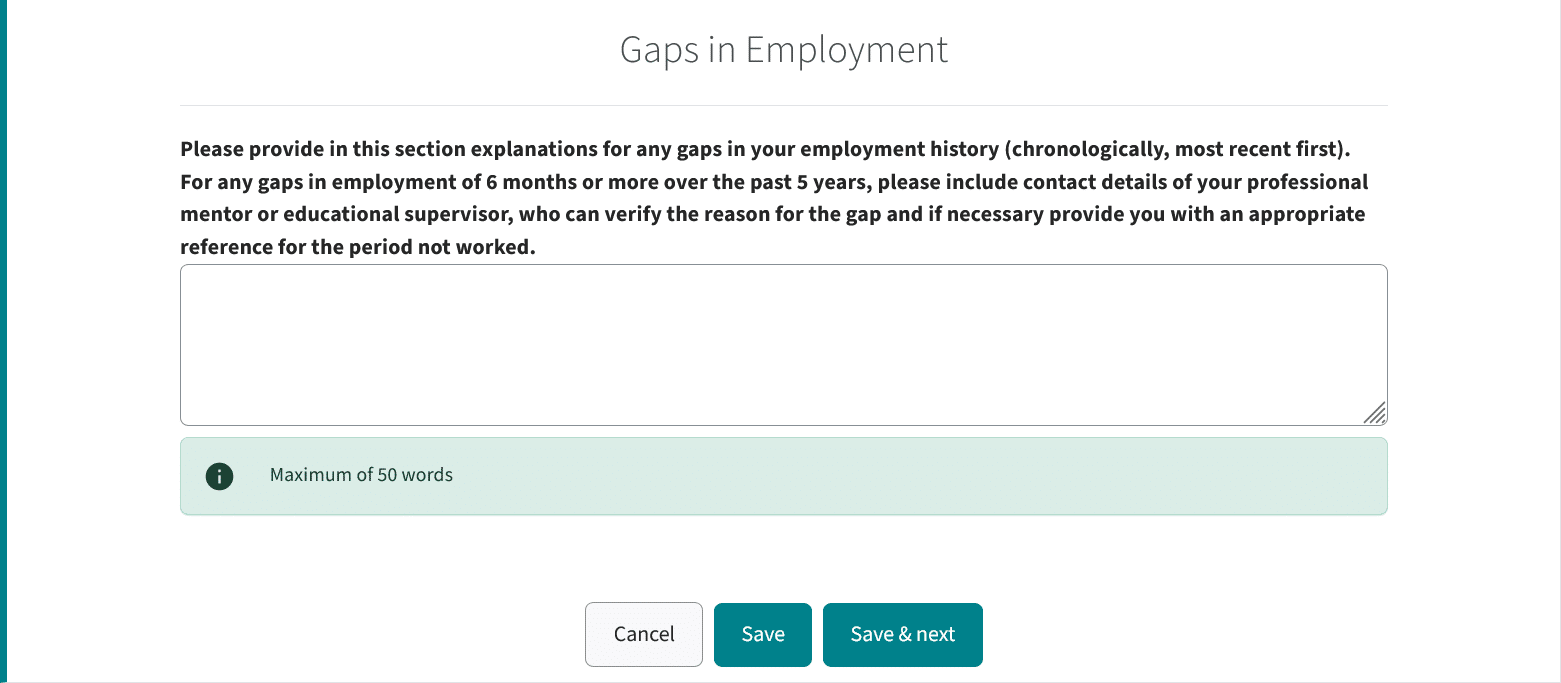
TRAC applications ask for detailed employment history. Any period of three months or more where you weren’t working in healthcare will usually prompt a request for clarification.
Recruiters look for reassurance that you’re:
- working in a relevant speciality, and updating your clinical skills and medical knowledge
- not entirely out of touch with clinical networks in the hospital
- familiar with the UK guidelines, especially NICE guidelines and GMC best practice recommendations
- can adapt to the NHS and function towards team dynamics
You can reassure the recruiters or the GMC (when applying for registration) if your absence was reasonable and that you’re ready to return to safe clinical practice.
If you’re applying through the non-training route, understanding how to complete the CREST Form correctly is essential for demonstrating your clinical competencies.
How to Explain a Clinical Gap in Employment
In the TRAC job application, you will find a section called “Gaps in Employment”.
This section reads as:
If you have any gaps within your employment history, please state the reasons for the gaps below.
Below is the format in which you must explain these clinical gaps in your career:
- Date- be specific if possible. Otherwise, you can also mention the month and year.
- Reason- brief and plausible. This can vary from exam preparation, such as PLAB, MRCP or even marriage. Be honest, the simplest explanation, such as “unemployed”, is also accepted.
- Action taken- This is not mandatory, but you can explain your clinical goal by demonstrating what you did to reflect and improve yourself.
Here’s how I explained mine:
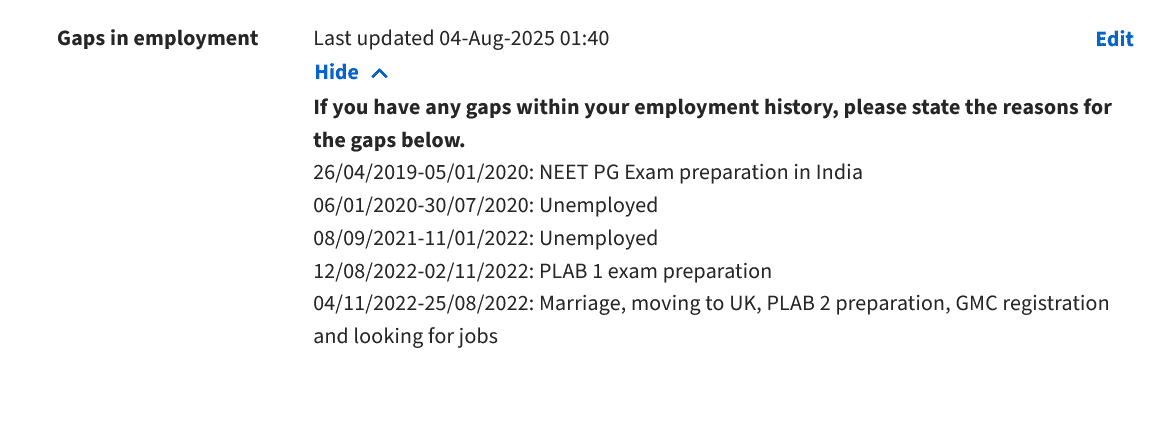
I was more straightforward, and you can notice I did not mention the action taken. As stated, this is not mandatory, but can help justify your clinical gap in employment if done right.
Tips and Tricks to Justify Gaps Effectively
1. Be honest but concise
Avoid vague phrases like “personal reasons” unless truly necessary. Instead, write “Relocated and focused on registration paperwork.”
2. Highlight professional development
Mention courses (e.g. Good Clinical Practice), journals, audits, webinars, or even a clinical attachment to show continued learning.
3. Mention the complete GMC registration
If your gap ended with complete registration, make it clear. It’s a strong reassurance.
4. Practice your interview answer
Be ready to explain your gap confidently during interviews. Focus on what you learned and how you’re now prepared.
5. Use observerships or attachments
Mention any hospital experience through a clinical attachment in a non-medical capacity, such as shadowing, volunteering, or attending clinical meetings.
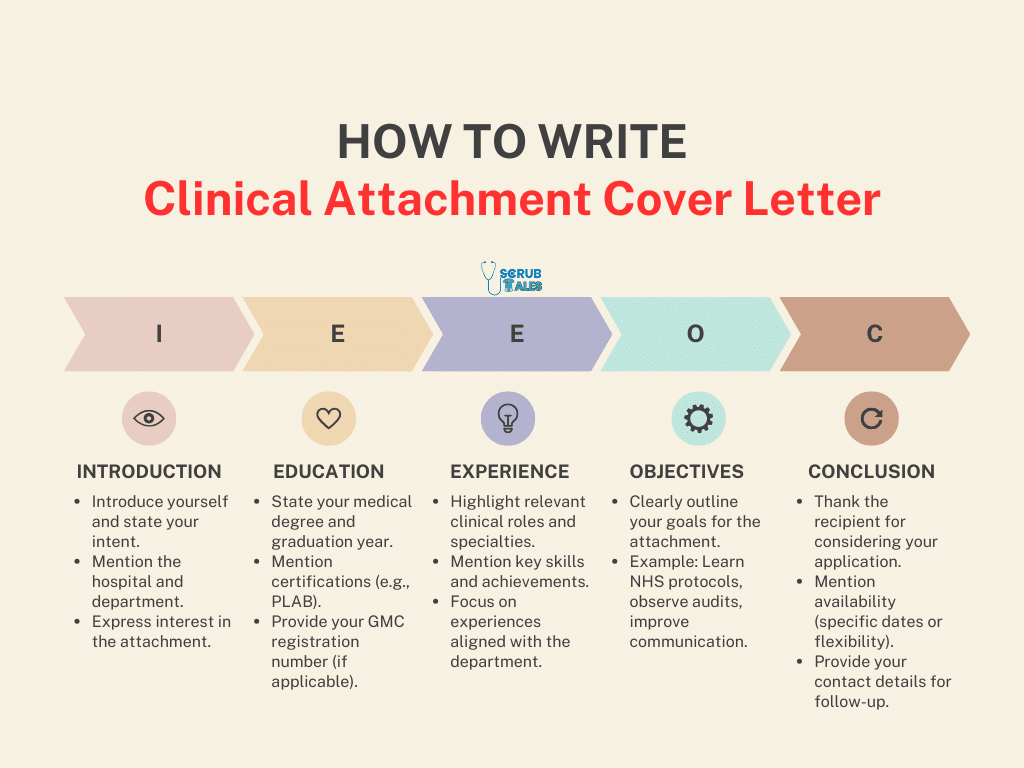
If you have not applied yet, here is a sample cover letter template you can use to send an email to the consultant for a clinical attachment application.
Common Clinical Gaps and How to Explain Them
Here is a table of common career breaks in clinical practice and easy solutions on how to justify them:
| Gap in Employment | Example Explanation |
|---|---|
| Exam preparation | “Dedicated 4 months to PLAB study; passed and applied for jobs.” |
| Relocation to UK | “Moved to UK, worked on OET, and initiated registration with GMC.” |
| Family issues | “Took time off for family responsibilities; attended webinars to stay updated.” |
| Unemployment | “Applied for NHS posts during this time; completed Good Clinical Practice course.” |
| Maternity/paternity leave | “Parental leave; now fully supported and ready to resume full-time clinical work.” |
| Illness/health recovery | “Recovered from illness; fully fit and cleared to return to practice.” |
| Working outside medicine | “Worked in healthcare admin; improved organisation and communication skills.” |
Note: Always include a line that states, “I am now fully prepared to resume hospital duties,” to certify your return.
Final Thoughts
Having a clinical gap doesn’t define your career—how you frame it matters.
Stay honest, highlight how you’ve maintained your knowledge, and show your motivation to return to safe patient care.
You’ve got this.



